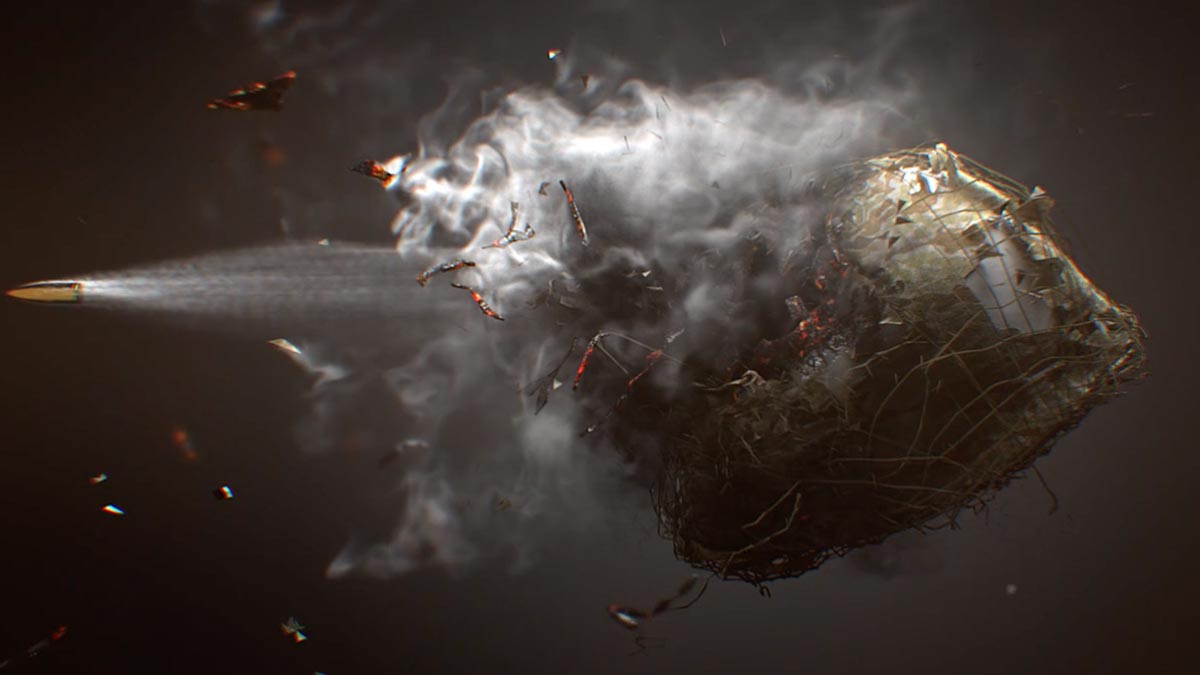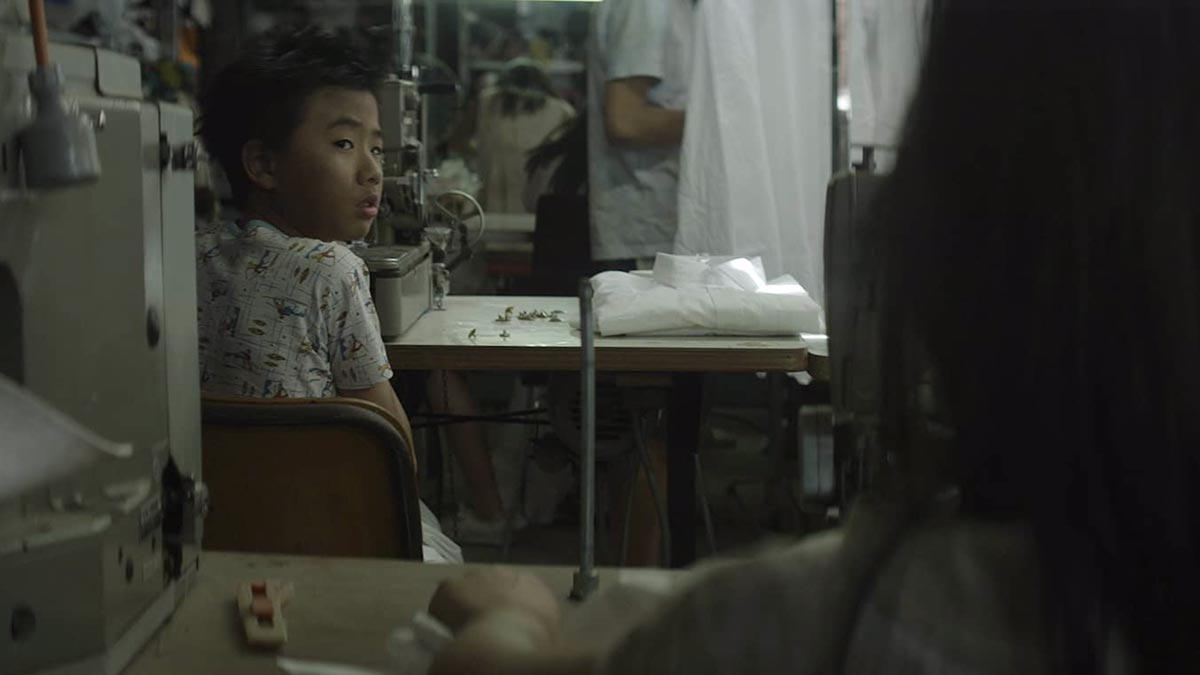200 years after the end of the transatlantic slave trade, children in Ghana are once again becoming slaves…this time in their own country.
‘Volta‘ is a narrative doc that provides a firsthand account of the experience of a young boy sold into bonded labour on the world’s largest man-made lake and the years of brutal servitude he and many like him have been forced to endure. ‘Volta‘ was shot by Paul Nevison while on another shoot in Indonesia, where they had seen some stills of the child labour situation in Ghana’s Volta region: it was as shocking as it was viscerally arresting.
As soon as we saw that landscape we knew we had to find the story within it.
With its already incredibly moving storyline, the film shines through an incredibly vivid visual experience with some absolutely breathtaking photography. Paul and his team captured brilliantly the oppression and shadows casting over this otherwise gorgeous Ghanian region of Volta. Paul had lots to say about his experience, which bring another layer of depth to an already marking film.
As soon as we saw that landscape we knew we had to find the story within it.
We travel a few times a year documenting the work of Compassion, which is an international child sponsorship organisation.
We talked to Compassion to see if they had any projects in the area and if the issue of child labour on the lake was affecting the communities in which they were working.After some research we discovered Henry Amanor, a Compassion project director from the New Ningo district. For years he has been a tireless campaigner against the issue of child labour, often travelling from village to village in his own time to teach parents and children about their rights.
Henry has lobbied local authorities on behalf of vulnerable parents that have had their children taken by traffickers and has seen a number of children returned safely to their families.Despite child labour being outlawed in Ghana, thousands of children are enslaved on boats where they provide cheap labour for a lucrative fishing industry.
ADVERTISEMENTThe traffickers prey on poor families with empty promises of care and education for the children and ongoing remittances that never eventuate. In reality the children are taken far away and forced to work in horrendous and unsafe conditions where children are routinely injured and some even lose their lives.
It can be something of a minefield of ethical considerations when telling stories that deal with exploitation, so we quickly decided the best way to bring audiences into the world of the Volta fishing boys was to utilise narrative vignettes. In particular we chose to tell the story of Ebenezar, one of the former fishing boys Henry had helped.
The intent behind the vignettes was to try and transport the viewer into the boat with the kids … to become a silent crew member in order to feel the fear that these kids experience every day as they launch their boats. We augmented these narrative scenes by threading an anchoring interview with Henry to contextualise Ebenezar’s story against the broader community landscape.
We were introduced to a group of boys from a local fishing village who graciously became the actors for our vignettes. They were not themselves victims of trafficking, but knew of plenty of boys who had been taken.
Shooting in the developing world on a small budget and limited crew is always a challenge with its far flung locations, intermittent electricity supplies and language barriers…but it’s also a great privilege to be welcomed into remote communities and discover our common humanity.
We had a tight turn around of 5 days on the ground including location scouting, casting and filming so our DP, Bjorn Amundsen, decided to shoot the film with a combination of the Arri Amira with Canon Cine Primes and a Red Scarlet W that we had permanently rigged to a Movi Pro. This helped us save time moving between setups to have the Red and Movi combo ready to go for the cinematic vignettes and the Amira for the more straight documentary sequences and interviews. We used a Gopro Hero 6 for the underwater sequences.
Shooting on the water was tricky and it took us a few days to locate and negotiate a decent follow boat that would allow us a stable platform to shoot the on water scenes. With no phone signal it was often a literal shot in the dark trying to coordinate to meet the kids at our on water locations usually before 4am each day…but every morning we got lucky, actually bumping into their boat in the middle of the lake.
At the end of the trip we had one morning to shoot at the former slave fort at Elmina. It was a sobering experience to walk the same dank dungeons where so many people had their hopes extinguished. It was a fitting reminder that while the transatlantic slave trade is over, the spirit of slavery lives on to this day, insidiously morphing into different forms across the world.
When we returned from Ghana we had about 6 weeks in post. The joys of high speed internet have removed the barriers to cross border collaboration, so while I was working on the edit in my studio on the Sunshine Coast in Queensland Australia, the score was being composed by Brett Anthony Shaw based out of Brisbane. Sound design and mix was handled in Chicago by Ryan Pribyl at Level Audio and colour and titles were completed By Matt Fezz in Sydney.




